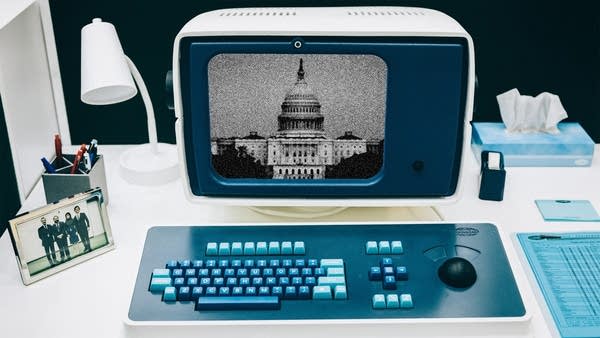We have a debt ceiling deal. So what happens next?
Now, agencies and Congress need to figure out how to implement the thing.

After all of that drama (of which there was a lot), we finally have a deal on the debt ceiling. It’s one that’s long and complicated, to say the least. So what happens next?
The Treasury Department will start issuing new debt to fund the government pretty much right away. The deal also sets a firm deadline for federal student loan payments to restart by late summer.
Looking a little further out, federal agencies will have to issue guidance on other elements of the deal, including new requirements for SNAP benefits.
“As soon as Sep. 1 or 90 days after enactment, folks who are 50 years old would actually be newly subjected to a work reporting requirement,” said Indi Dutta-Gupta, president of the Center for Law and Social Policy.
Meanwhile, Congress will have to turn the broad spending limits in the deal into actual appropriations bills for the next fiscal year with actual numbers. Like, how much funding will the Department of Education get to start collecting student loan payments again? And what exactly can lawmakers cut from the IRS budget? All that’s happening while the clock is ticking.
“Hopefully, we will not run into a shutdown showdown in September, October,” said Danny Weiss, a senior fellow at the Century Foundation. “But it’s not completely out of the question that we might face that situation.”
And if lawmakers don’t hammer out their disagreements by January, the deal will trigger 1% cuts across the board.







